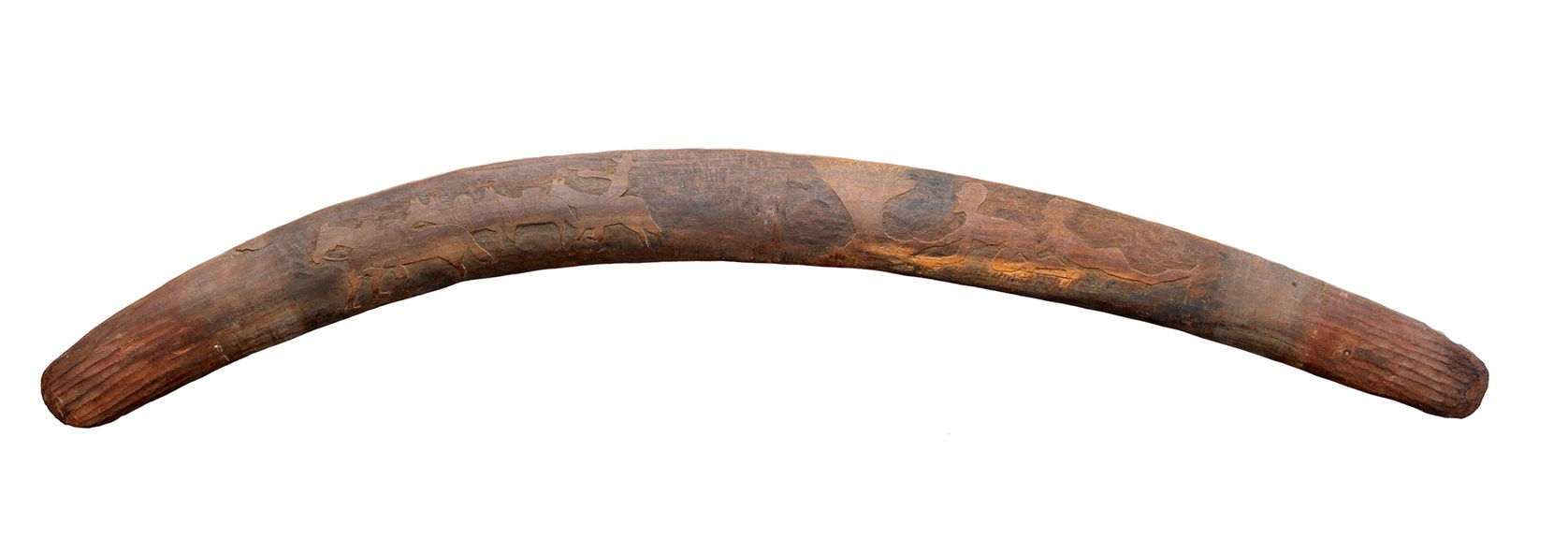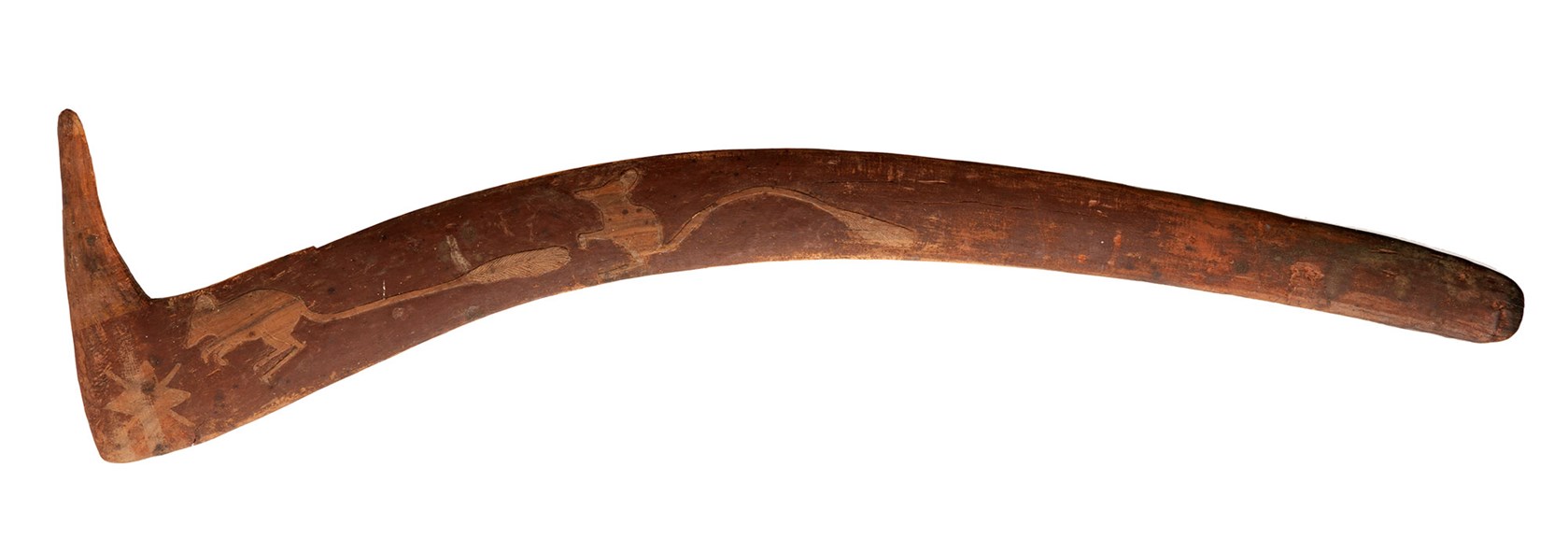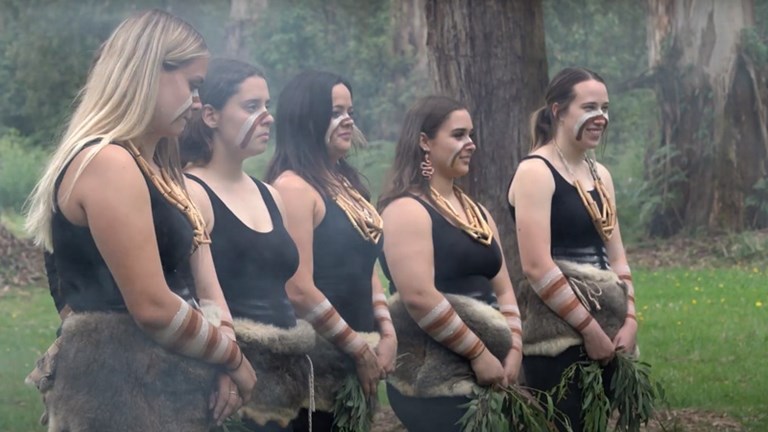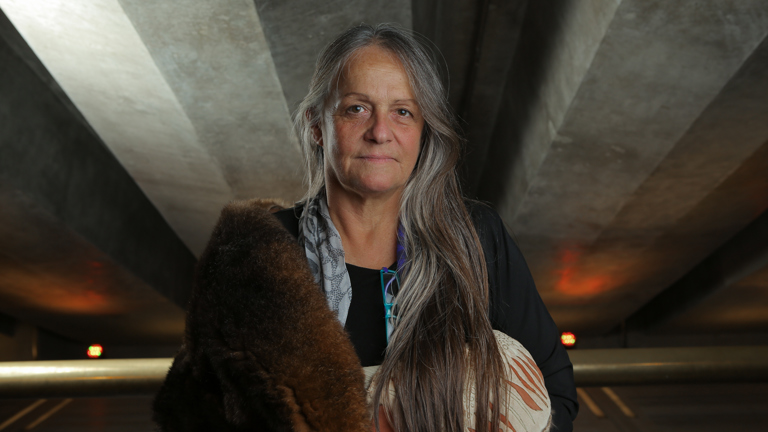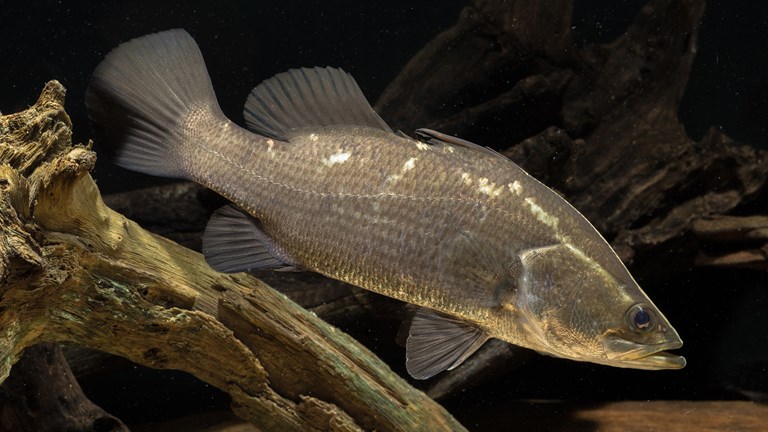Rare scene of first European contact
Significant objects in our collections can remain more or less anonymous simply because they have been detached from their stories. They sit there, quietly waiting for someone to spend some time with them and join the dots.
Two researchers working with the Indigenous Cultures collections made an exciting discovery that returns two objects with incomplete provenance to a very important body of work. It began with Rosemary Wrench, curator of the Many Nations section in Bunjilaka Aboriginal Cultural Centre's First Peoples exhibition. While the exhibition focuses on south-eastern Australian Aboriginal nations, the Many Nations section celebrates Indigenous culture from across the country. Rosemary's task was to curate over 600 examples of Indigenous artworks, tools and artefacts that tell the stories of the people who made them, used them, and continue to do so today.
"When I started looking for suitable items, I eliminated all the restricted material first," explains Rosemary. "Then I wanted objects we hadn't put on display before. I considered 14,000 to 15,000 objects and systematically started going through the collection stores because there was no other way to do it."
She opened a cabinet full of boomerangs. One of them was carved with an extraordinary scene of two Aboriginal men hiding behind a tree, watching Europeans and their horses. She showed it to Jason Gibson, then an Australian National University researcher working on the Spencer and Gillen Australian Research Council project. "Straight away, Jason said 'I think that's by Jim Kite'." Jim Kite Erlikilyika [from Alyelkelhayeka, meaning "he slipped" or "glided away"] Penangke (1865-1930) was a Lower Arrernte man from the Charlotte Waters area. He joined Spencer and Gillen's 1901-02 expedition as an interpreter and is recognised as an accomplished artist.
The boomerang was purchased by the museum in 1946 from the estate of Herbert Basedow, a geologist, explorer and medical practitioner who worked in Central Australia and known collector of Aboriginal art. It came with no documentation at all. "It was clear to me from the style that it was Jim Kite's work but I had nothing to prove it," says Jason. He began searching for the proof for the artist behind this boomerang and another, exquisitely carved with hopping mice, from the Basedow collection.
In a newspaper article in the South Australian Register, Jason found a detailed interview about Jim Kite's 1913 art exhibition. "In the interview, he described this boomerang with two men hiding behind a tree." Not only was the creator of the boomerang identified, but the story behind the scene.
"According to Jim, these were Aboriginal people watching the first European explorer, John McDouall Stuart. When they saw a man dismount from his horse they were shocked because they thought the man and the horse were one entity. They'd never seen a horse and definitely never seen a white person." Jim Kite had captured a moment of 'first contact' from an Aboriginal point of view, making it an incredibly significant object. Erlikilyika was born five years after Stuart's arrival; the story he carved was told to him by people who saw it, whether they were members of his own family, or the people he interviewed when travelling with Spencer and Gillen. "Some people have described Erlikilyika as the first Aboriginal ethnographer because he was actively engaged with the interview process with Aboriginal people and made his own pictorial notes - markings to explain the Dreaming stories to Spencer and Gillen," continues Jason.
This discovery links previously unprovenanced objects back to Jim Kite Erlikilyika Penangke's story. Rosemary and Jason have also identified a whip handle and walking stick in the collection that they think could be the work of Jim Kite. Rosemary concludes, "it's very rewarding work, reconnecting these objects with their story."
